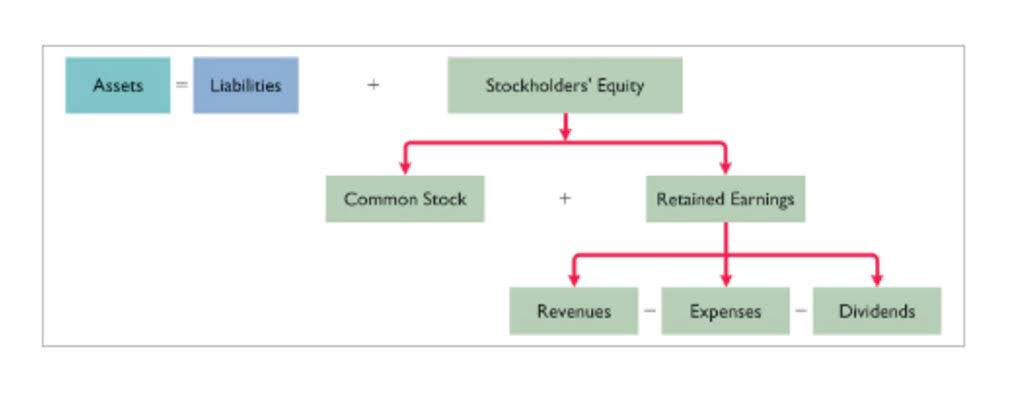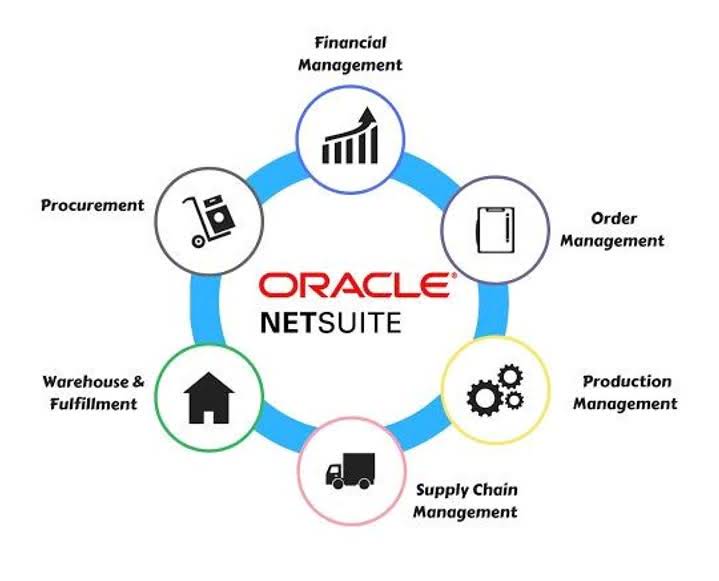Shareholder Equity SE

Financial accounting is governed by accounting rules and regulations such as U.S. GAAP (Generally Accepted Accounting Principles) and IFRS (International Financial Reporting Standards). In an accounting context, the assets of a company’s must be equal to (i.e. balance) its liabilities plus shareholders’ equity. As such, shareholders’ equity represents the company net assets (total assets minus total liabilities) i.e. its net value, the company’s residual value after all liabilities have been paid off. Shareholders’ equity consists of share capital (cf.) plus retained earnings, which is the portion of net income not paid out in dividends. Various business transactions directly impact the components of stockholders’ equity, thereby changing the total equity.
AMT – Alternative Minimum Tax
Held-for-sale assets(HA) are no longer required for operations and are hence expected to be sold off within year. A Corporate Recovery Consultant(CRC) aids businesses in identifying performance improvement opportunities while navigating financial distress or bankruptcy. Disclosure denotes making new or secret information known – widely used in legal documents, business contracts, and accounting practices. Errors and Omissions(E&O) refer to professional negligence, including mistakes, oversights, or carelessness in providing professional services. A Deferred Prosecution Agreement (DPA) is a settlement strategy under which a prosecutor allows the defendant to avoid prosecution by meeting specific requirements. Design-Build-Finance-Operate-Maintain (DBFOM) are projects that bundle design and construction services with operations & maintenance support under one contract agreement.

Calculating Stockholders’ Equity
Aside from stock (common, preferred, and treasury) components, the SE statement includes retained earnings, unrealized gains and losses, and contributed (additional paid-up) capital. Let’s se in accounting assume that ABC Company has total assets of $2.6 million and total liabilities of $920,000. Current liabilities are debts typically due for repayment within one year. Stockholders’ equity is prominently displayed in a company’s financial statements, providing transparency into its ownership structure and financial health.

AVA – Asset Value Adjustment
Learn more about the road ahead in our article, “Your Step-by-Step Guide on How to Become an Accountant”. Check out these basic accounting definitions and start to commit them to memory. That way, when you start your accounting education journey, you’ll already feel like you’re a step ahead and speaking the language. The simple things we do and encounter everyday can actually be related to some level of accounting. You make budgets, count change and check the receipts from the supermarket.
What is accounting in simple terms?

This figure includes the par value of common stock as well as the par value of any preferred shares the company has sold. Shareholders’ equity, as noted, is the total amount that a company could repay shareholders in the event of liquidation. Common stock shareholders are last in line for repayment in the event a public company files for bankruptcy. The number for shareholders’ equity is calculated simply as total company assets minus total company liabilities. Southeastern Oklahoma State University offers an online BBA in Accounting program. Focused coursework in this program prepares students to be successful in accounting and related professions.

Internal Rate of Return (IRR)
Accounting is the process of keeping track of your business’s financial transactions. In accounting, you’ll come across certain titles which appear to bear similar duties but actually https://soulsurvivorinternational.org/2021/08/13/what-is-a-check-register-definition-meaning/ have unique job descriptions. In this section, we’ll briefly review the roles of accountants vs. CPAs and tax professionals. Accounting is like a powerful machine where you input raw data (figures) and get processed information (financial statements). The whole point is to give you an idea of what’s working and what’s not working so that you can fix it. Intangible assets are things that represent money or value, such as accounts receivables, patents, contracts, and certificates of deposit (CDs).
- Since debts are subtracted from the number, it also implies whether or not the company has taken on so much debt that it cannot reasonable make a profit.
- Value Added Tax (VAT) is an indirect tax levied on goods and services consumed.
- These four components utilised to calculate a company’s shareholders equity allow investors to gain a better insight into the company’s financial management.
- However, because accounting is kept on a historical basis, the equity is typically not the net worth of the organization.
- Stockholders’ equity represents the portion of total assets that is left to the stockholders of a corporation after all of its liabilities are paid.
- A temporary difference between the tax basis of an asset or liability and its financial reporting basis, resulting in a potential future tax expense.
- An accountant is a professional with a bachelor’s degree who provides financial advice, tax planning and bookkeeping services.
- Accounting is also considered a science because it is a body of knowledge.
- OE tells you how much equity you have in the company and how much money you’ll take home after paying for the business’s liabilities.
- It must include monetary figures – say for example, $20,000 salaries expense.
- Skills such as these allow MBAs to move fluidly across departments and organizations.
Discover types of accounting, skills, salaries in different jobs, qualifications, and certifications, as well as the steps to getting started. CFI is the global institution behind the financial modeling and valuation analyst FMVA® Designation. CFI is on a mission to enable anyone to be a great financial analyst and have a great career path. In order to help you advance your career, CFI has compiled many resources to assist you along the path.
Every transaction is recorded twice so that the debit is balanced by a credit. Stockholder’s equity pertains to the net assets of a stock corporation It comprises share capital, reserves, and retained earnings. Capital Stock or Share Capital represents contributions from stockholders gathered through the issuance of stocks. Retained Earnings or Accumulated Profits represents company earnings from the time it started minus dividends distributed, and after contribution margin considering other adjustments. Treasury Stocks are shares issued by the company and were later re-acquired. Stockholders’ equity represents the portion of total assets that is left to the stockholders of a corporation after all of its liabilities are paid.
‘Adjustment’ or ‘ADJ,’ in accounting terms, refers to an entry made in the books of accounts related to the correction or alteration of revenues and expenses. Accounting graduates continue to be one of the top majors in demand by businesses. Our undergraduate accounting program provides entry into a well-respected profession that rivals entry into law and medicine without the added entry cost of those professions. So normally I let my accountant deal with all this at my business, but at one of my other companies I need to program a dual-entry accounting system.

Laisser un commentaire
Rejoindre la discussion?N’hésitez pas à contribuer !